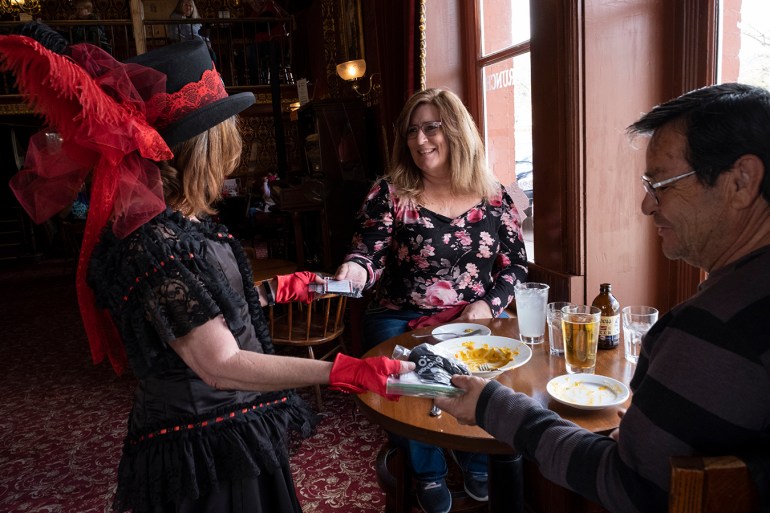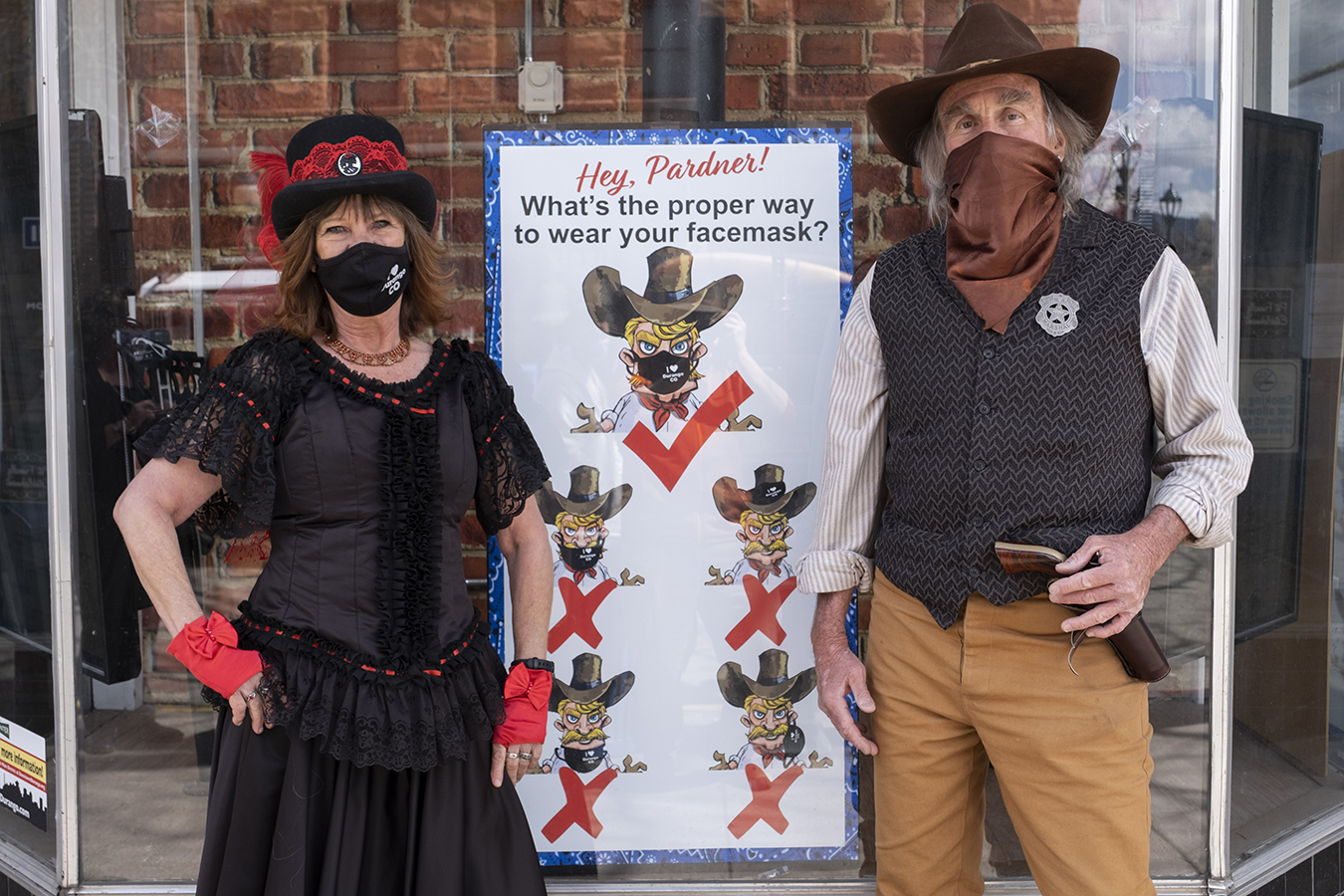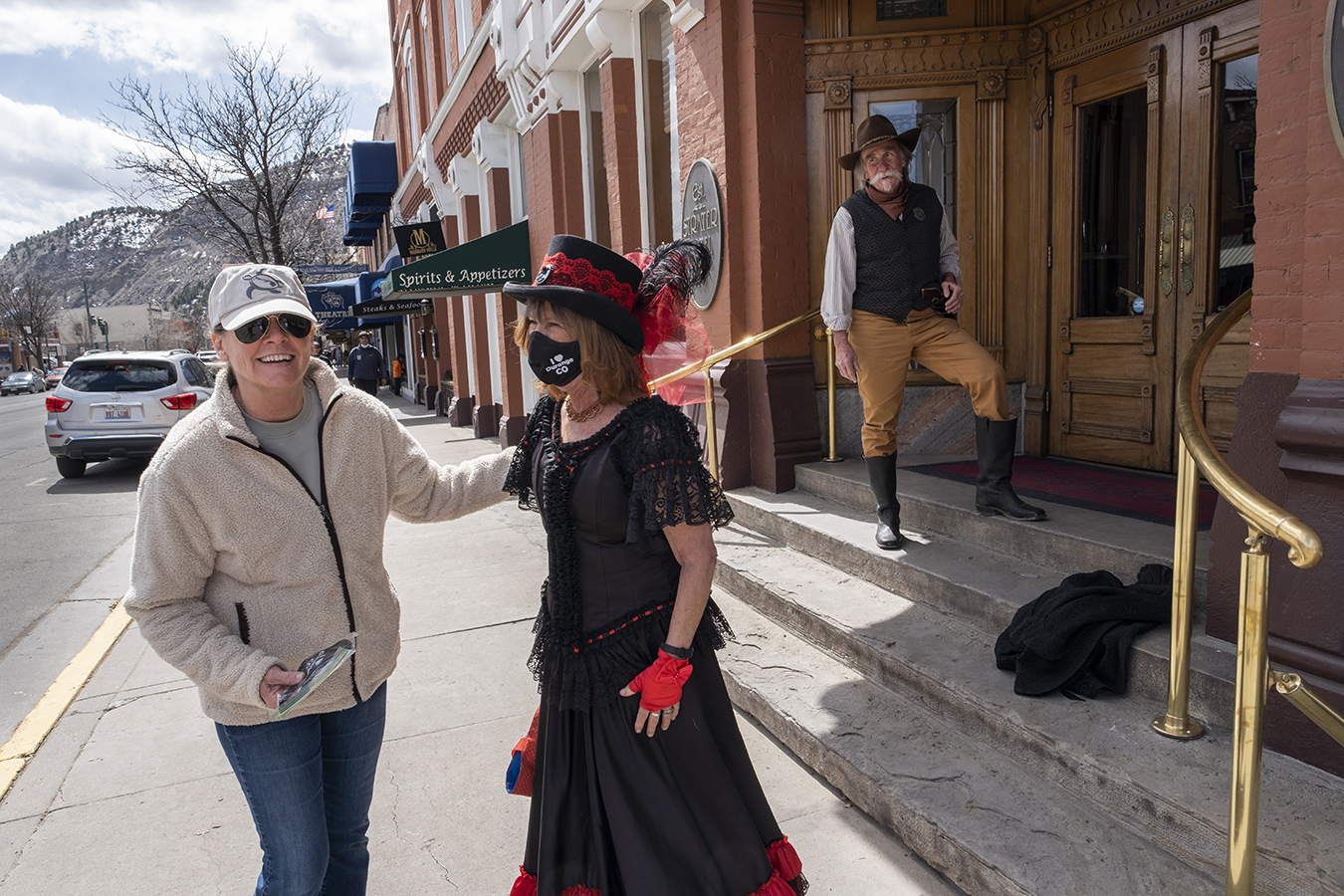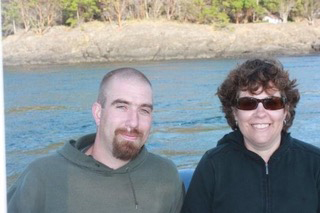Las máscaras y el distanciamiento físico están demostrando tener importantes beneficios extra, evitando que las personas contraigan todo tipo de enfermedades, no solo covid-19.
Pero no está claro si los protocolos valdrán la pena a largo plazo.
Maestros de la Academia New Hope en Franklin, Tennessee, estaban charlando sobre el tema. La escuela cristiana privada ha permanecido presencial durante gran parte de la pandemia, requiriendo máscaras y tratando de mantener a los alumnos separados, en la medida en que es posible con niños pequeños.
Nicole Grayson, quien enseña en cuarto grado, dijo que se dieron cuenta de algo peculiar.
“No conocemos a nadie que se haya engripado”, dijo. “A ningún estudiante que haya contraído faringitis estreptocócica”.
Y no se trata solo de algo anecdótico.
Un estudio publicado este marzo en el Journal of Hospital Medicine, dirigido por investigadores del Centro Médico de la Universidad de Vanderbilt, encontró que en 44 hospitales infantiles, el número de pacientes pediátricos hospitalizados por enfermedades respiratorias se redujo en un 62%.
Las muertes también han disminuido drásticamente en comparación con los últimos 10 años: el número de muertes por influenza en niños suele estar entre 100 y 200 por año, pero hasta ahora solo un niño ha muerto a causa de la enfermedad en el país durante la temporada de influenza 2020-21.
Los adultos tampoco se están enfermando. Las muertes por influenza esta temporada se medirán en cientos en lugar de miles. En 2018-19, una temporada de gripe moderada, se estima que murieron 34,200 estadounidenses.
Combo eficaz
No son solo las máscaras y el distanciamiento físico lo que está frenando las enfermedades transmisibles, dijo la doctora Amy Vehec, pediatra de Mercy Community Healthcare, una clínica de Tennessee que recibe fondos federales.
Que un niño tenga fiebre ahora es algo serio, los padres no están mandando a sus hijos enfermos a la escuela, agregó.
“Están quedándose en casa cuando están enfermos”, dijo Vehec. Eso incluye a los adultos que pueden sentirse enfermos.
Este aislamiento cuando alguien se siente mal podría mantenerse después de la pandemia. Pero el aislamiento, la distancia y las máscaras no funcionan para muchos niños, explicó Vehec.
Por ejemplo, los que tienen problemas del habla no ven la boca de su maestro para aprender a hablar correctamente.
“Creo que ha sido un mal necesario por la pandemia, y lo he apoyado por completo, pero ha tenido sus consecuencias”, dijo.
Y dado que las vacunas contra covid no estarán disponibles para los niños por un tiempo, puede ser otro año de cubrebocas en las escuelas.
Algunos expertos, como los investigadores que intentan mejorar las máscaras, argumentan que más sociedades deberían adoptarlas, como lo han hecho algunos países asiáticos. Pero incluso los expertos en enfermedades infecciosas como el doctor Ricardo Franco de la Universidad de Alabama-Birmingham dudan de que sea práctico.
“Soy un poco escéptico de que esta crisis sea suficiente para un cambio cultural generalizado, dado lo difícil que ha sido lograr un cambio cultural razonable en los meses anteriores”, analizó Franco.
El escenario más realista para un cambio duradero puede ser dentro de la propia atención médica.
Los médicos y enfermeras no solían usar máscaras antes de covid. El doctor Duane Harrison, quien dirige el departamento de emergencias de un hospital de HCA en las afueras de Nashville, mencionó a un colega médico que ha usado máscara desde que salió de la escuela de medicina.
“Solíamos bromear sobre esto”, dijo Harrison. “Hasta la pandemia”.
Ahora que todos usan máscaras, el departamento de Harrison ha descubierto lo mismo que muchos otros lugares de trabajo: los empleados no están diciendo que están enfermos, a menos que sea covid.
“Cuando covid termine, ésta es una práctica que la mayoría de nosotros probablemente continuaremos”, dijo Harrison. “Porque no tendremos que preocuparnos por los niños con secreción nasal y las personas mayores que no saben que están estornudando en tu cara”.
Algunos sistemas hospitalarios, incluido Nebraska Medicine, han comenzado a relajar los requisitos de uso universal de máscara para su personal. Pero incluso el personal vacunado todavía tiene que usar cubreboca cuando están con pacientes.
Intermountain Healthcare, en Utah, ha dicho que seguirá requiriendo máscara cuando se levante el mandato estatal en abril.
Pero incluso los que creen en la eficacia de las máscaras tienen dudas de que la comunidad médica las adopte en forma permanente.
“La pregunta más importante es: ¿Todos van a necesitar un descanso?”, se preguntó el doctor Joshua Barocas, quien estudia enfermedades infecciosas en la Universidad de Boston.
Funcionarios de salud pública dicen que, independientemente de lo que depare el futuro, aún no ha llegado el momento de eliminar los requisitos de las mascarillas, porque todavía hay mucha gente que vacunar contra covid.
Pero eventualmente, incluso los médicos y las enfermeras están listos para volver a mostrar sus caras sonrientes.
Esta historia es parte de una asociación que incluye Nashville Public Radio, NPR y KHN.
KHN (Kaiser Health News) is a national newsroom that produces in-depth journalism about health issues. Together with Policy Analysis and Polling, KHN is one of the three major operating programs at KFF (Kaiser Family Foundation). KFF is an endowed nonprofit organization providing information on health issues to the nation.
USE OUR CONTENT
This story can be republished for free (details).
Syndicated from https://khn.org/news/dramatica-baja-de-enfermedades-por-virus-comunes-significa-mascaras-para-siempre/https://wp.me/p7iF68-TcJ
#ChildrenSHealth, #COVID19, #NoticiasEnEspañol, #PublicHealth, #States, #Study, #Tennessee, #News

 09:48
09:48
 Annapoorna
Annapoorna














